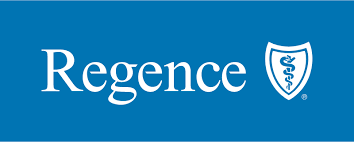Healthier Together: Understanding heart disease
This content is from our sponsor.


Healthier Together: Understanding heart disease, what to do in cardiac emergency
February is American Heart Month and in this week's Healthier Together, FOX 13 sat down with Regence BlueShield to learn about heart disease prevention for people of all ages and what to do in the event of a cardiac emergency.
February is American Heart Month and in this week's Healthier Together, FOX 13 sat down with Regence BlueShield to learn about heart disease prevention for people of all ages and what to do in the event of a cardiac emergency.
"One in five Americans is affected with heart disease," said Dr. Nicole Saint Clair Executive Medical Director, Regence BlueShield. "And that is across all genders, races, ethnicities. This is a condition that matters to us all."
Research shows that heart attacks are on the rise in younger women and data from one study suggests Gen Z and Millennials are less likely to be aware of their greatest health threat, including knowing the warning signs of a heart attack or stroke.
"Being able to react in a time of emergency is really critical," said Claire Verity, President of Regence BlueShield and chair of the Go Red for Women movement in Puget Sound. "So learning CPR, it's a hands-only approach now. That's different from where it was 5-20 years ago where we had to do chest compressions and breathing at the same time."'
Most heart attacks involve discomfort in the center of the chest – lasting more than a few minutes – uncomfortable pressure, squeezing, fullness or pain.
Other symptoms include shortness of breath, pain or discomfort in one or both arms, the back, neck, jaw or stomach.
Other possible signs include breaking out in a cold sweat, nausea or lightheadedness.
"You just place your hands on their chest in the middle and press firmly in a repetitive fashion," said Dr. Saint Clair. "Really just trying to help push the circulation around in their body. While that's happening, if there are other people around - that person should be looking for an AED. It includes sticky leads that when needed are placed on someone's body and are able to deliver an electric shock to try to get the heart going."
You should know your family history for heart disease. Know your cholesterol, blood sugar and blood pressure. Eat healthy, manage stress and sleep, exercise. And if you smoke, seek out resources to help you quit.
This content is from our sponsor.

